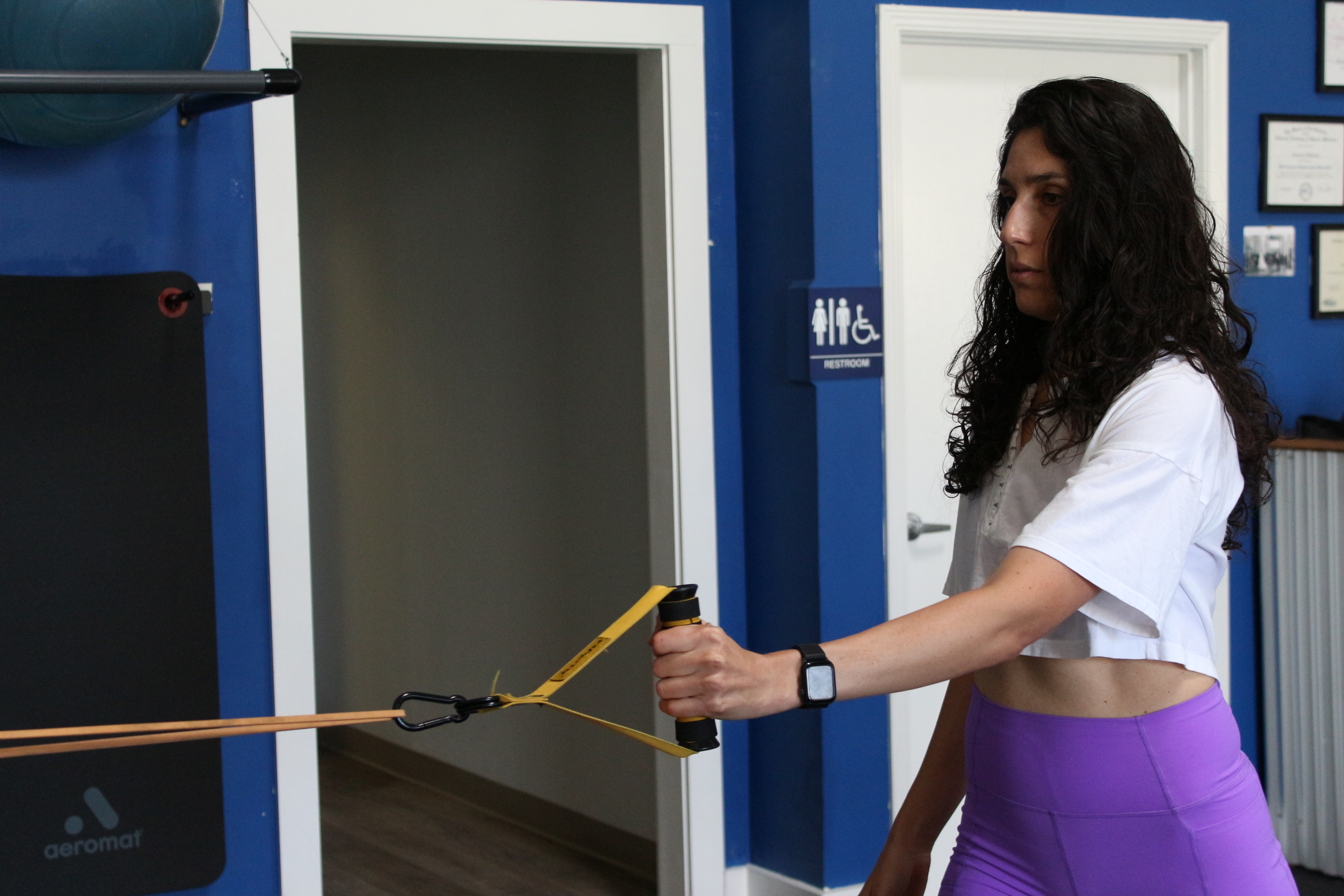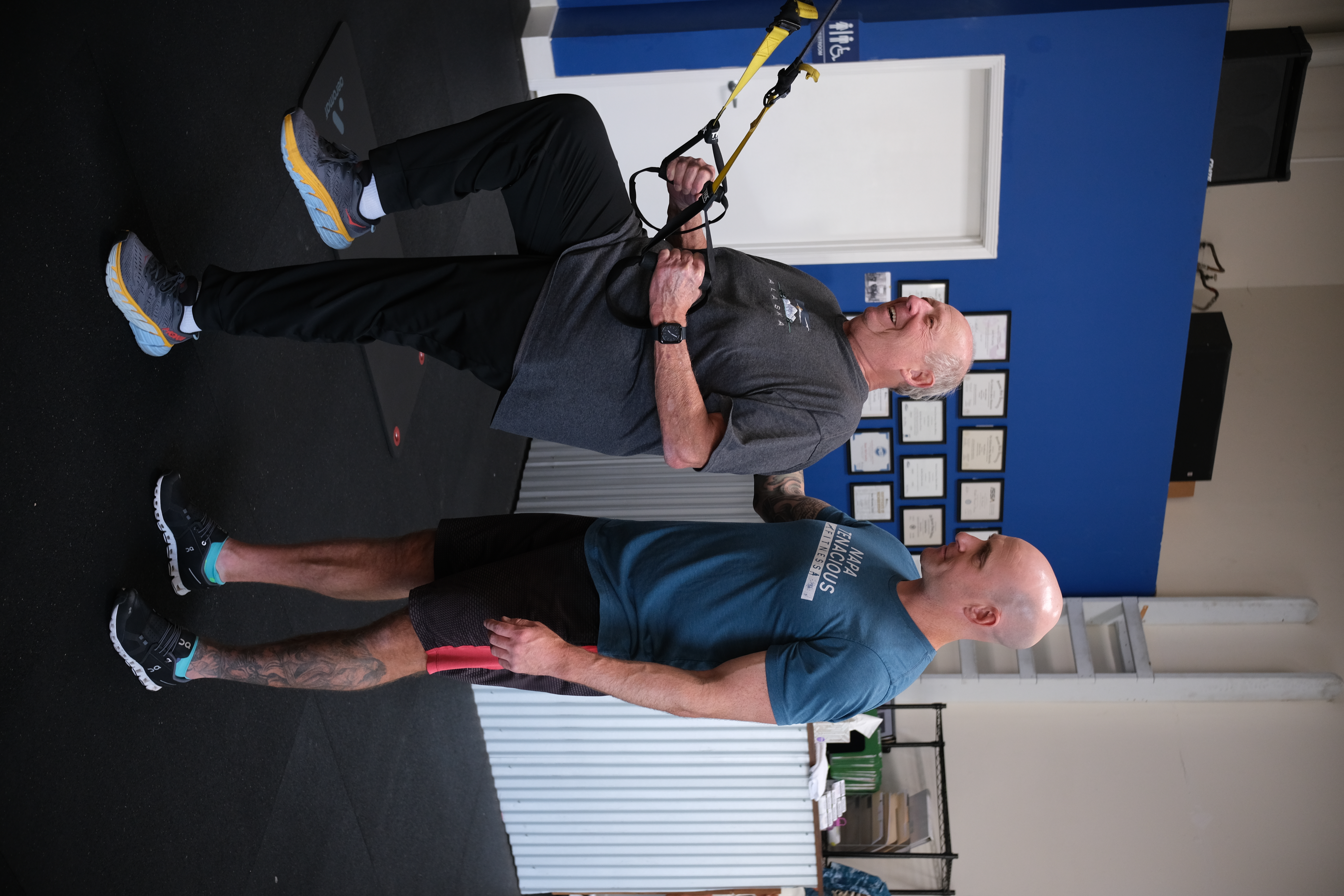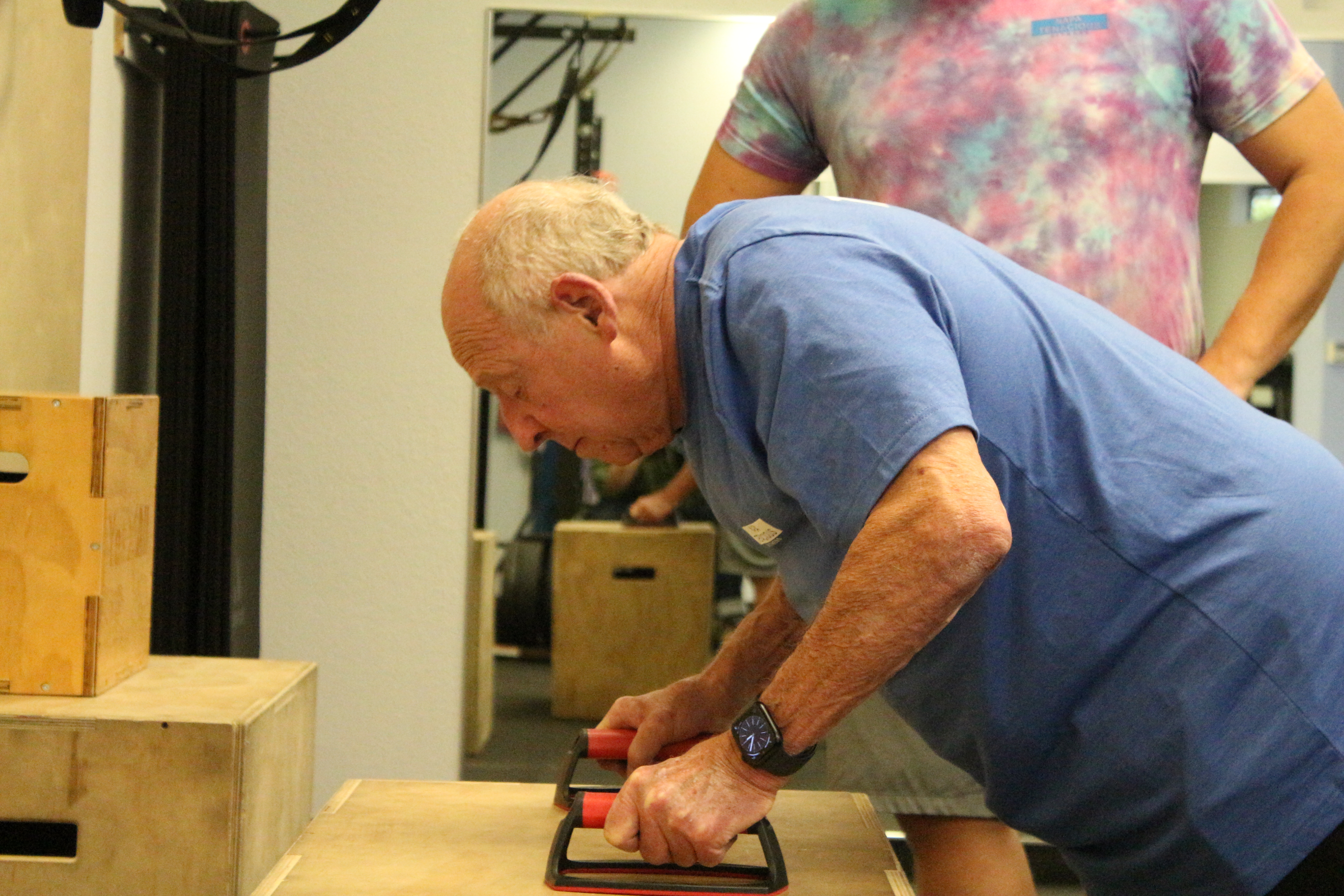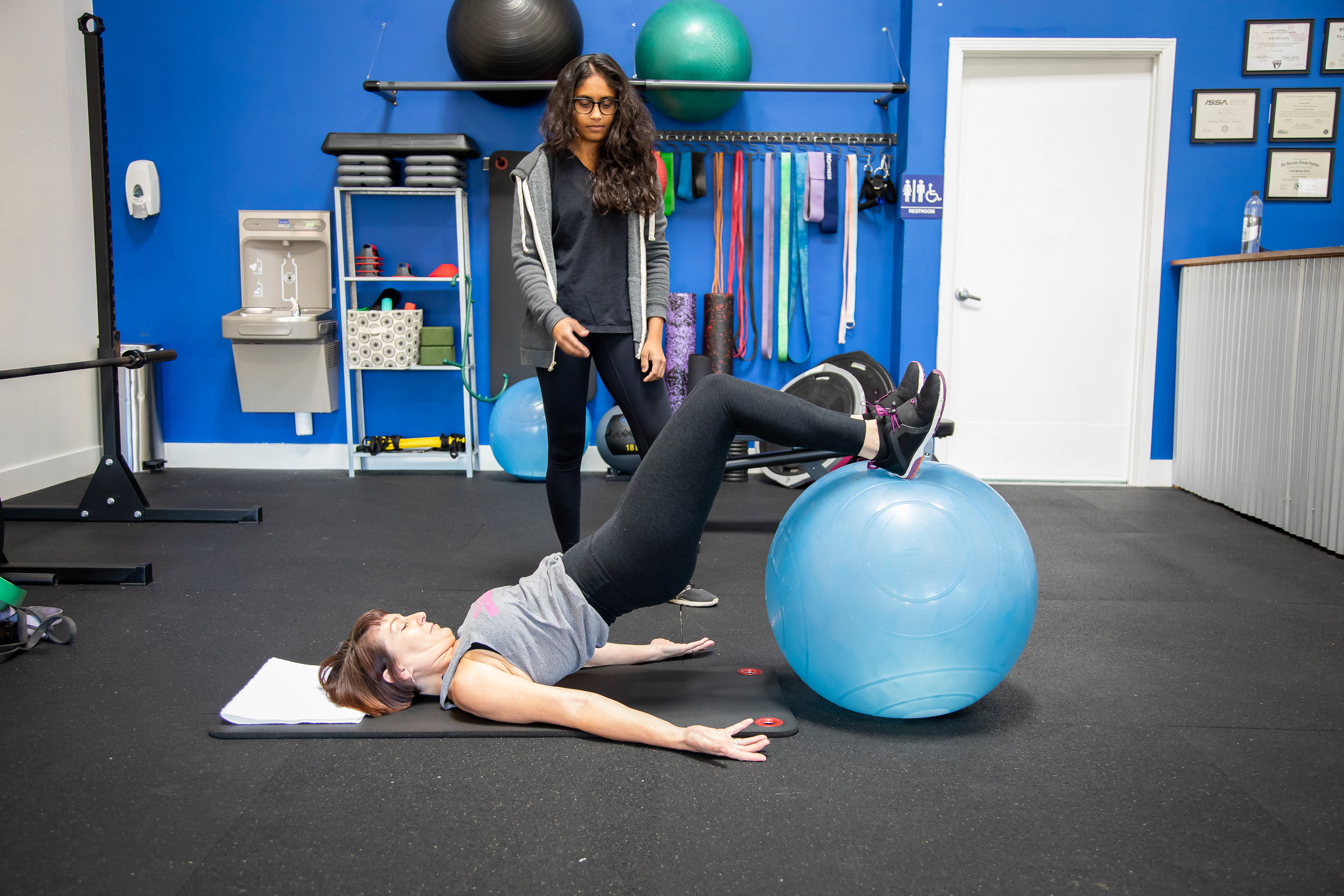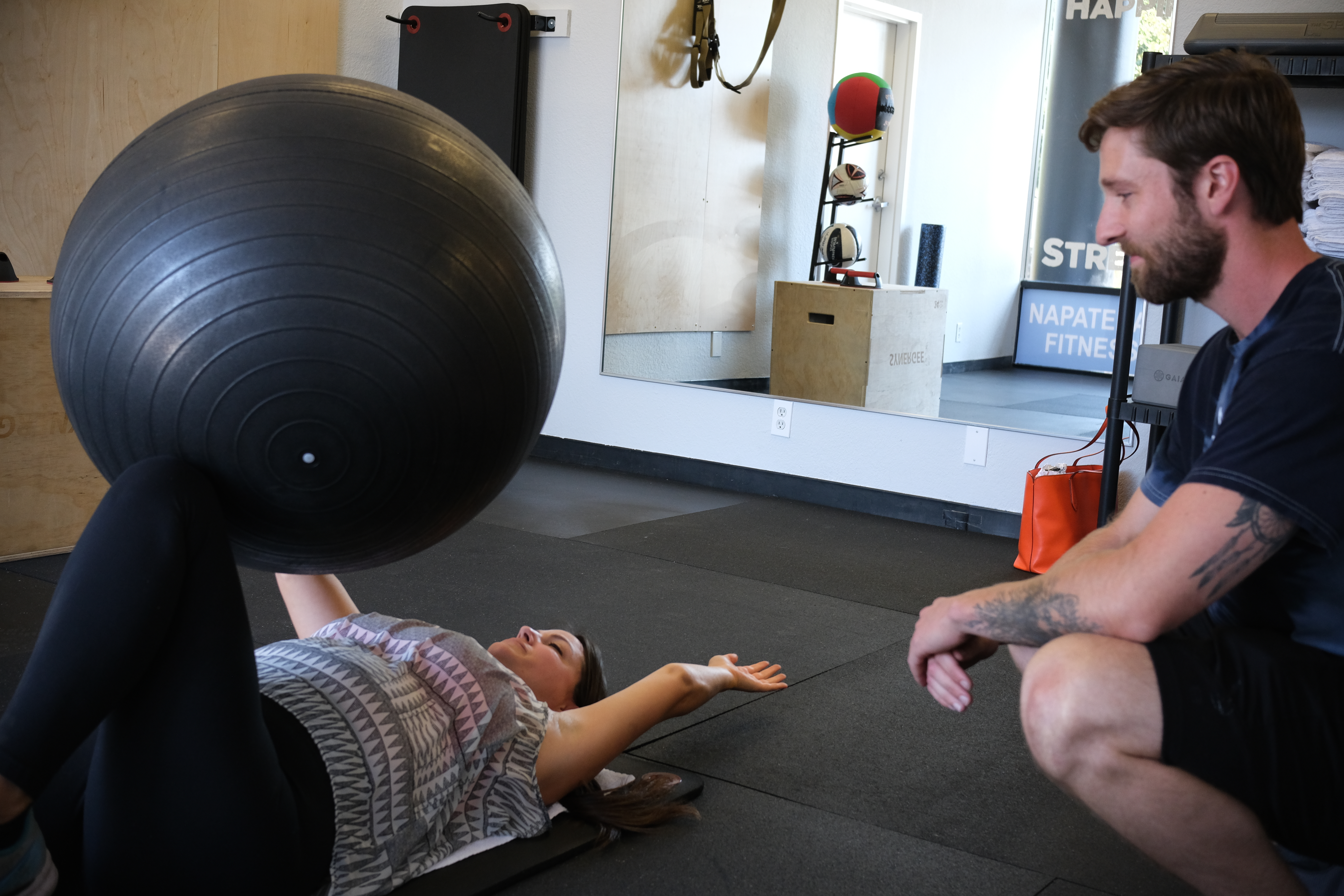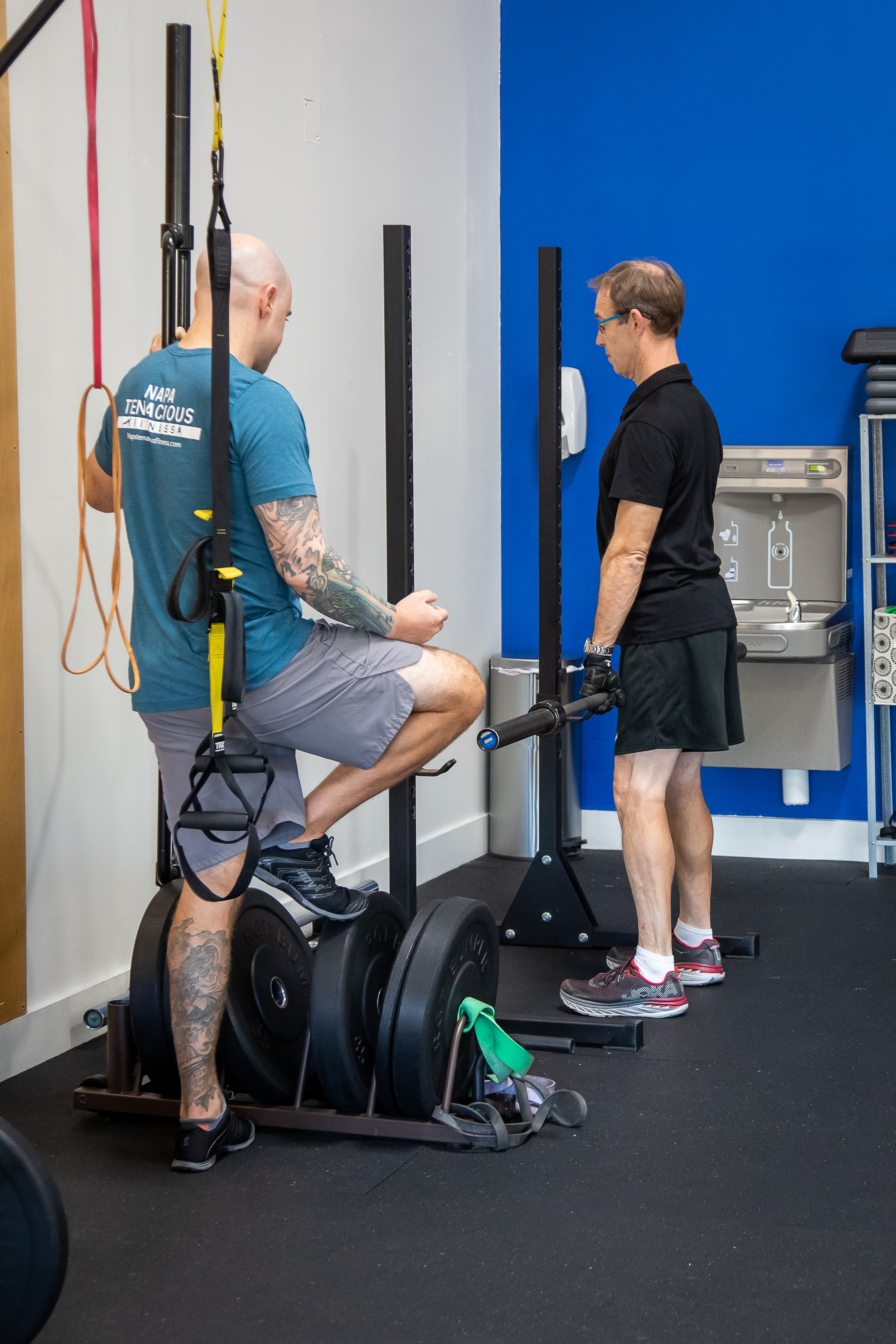The storage of excess fat mass and metabolic conditions such as pre-diabetes can produce undesirable events in our everyday life functionality. Not only does excess fat mass create threatening environments within our cardiovascular system, but carrying around more weight than our body can manage due to a surplus of fat mass combined with deconditioned fitness levels elicits stressful loads on the body’s joints. After a set of blood panels ordered by our doctors reveals blood markers indicating pre-diabetes, individuals receive an immediate warning signal that the likelihood of developing type 2 diabetes might be present if an intervention isn’t taken.
Pre-diabetic conditions and superfluous storage of fat mass often go hand in hand. If an individual has a high amount of fat mass, too many foods that create an environment of fat storage are likely being consumed by the individual. The storage of fat doesn’t just appear overnight. Subcutaneous fat mass accumulated in the abdomen, hips, upper chest, and armpit area is developed over time when a human lacks movement and eats more calories than are used as energy in a day.
Low physical activity days produce a sedentary lifestyle. When humans don’t move but eat foods high in starchy carbohydrates, the sugars present in carbohydrates that don’t get used as energy convert to fat. Imagine a week in which sandwiches, pasta, and alcoholic beverages are consumed by a person four to five days per week, and the only physical activity performed is a walk to and from parked cars when visiting the store or to the workplace to sit for hours. The result is likely a body that does not need to use carbohydrates in the system for energy, triggering a stimulus to store subcutaneous fat mass.
Insulin is a hormone responsible for shuttling sugar to a specific cell. After consuming a food with a high sugar concentration, insulin is pumped into the bloodstream from the pancreas. Hormones are chemical messengers that tell cells within the body to perform a specific function. Insulin possesses beneficial and detrimental functions affecting overall health. Skeletal muscles are the organs in our body responsible for mechanical movement, such as our quadriceps, gluteal, core, and biceps muscles. When these muscles are stressed from exercise, their natural response is to heal and recover by overlaying protein and amino acids to the damaged sites of muscles to become bigger and stronger to keep performing demanding physical activities, such as rigorous exercise. The anabolic reconstructive properties of insulin aid in the recovery of skeletal muscle following exercise.
After a muscle endures a demanding exercise experience, the cells are slightly torn and disrupted at the microscopic level. Thanks to the naturally occurring regenerative properties our bodies are granted, the muscle cells’ immediate response is to recover by absorbing protein and amino acids from the bloodstream. However, the muscle cell needs an energy source to efficiently grab onto proteins and bond them to the site of damaged muscle to fill the tears from exercise-induced stress. Following an exercise session, including rigorous resistance training, foods that produce insulin can be beneficial. Energy occurs from the breakdown of sugar. Therefore, the insulin in the body aids in providing intramuscular fuel to utilize proteins to rebuild muscle.
A solution we offer to our personal training clients with goals to ween off prediabetes medication is to not only adhere to consistent exercise but also to make skillful eating decisions involving consuming carbohydrates around rigorous physical activity. Additionally, when consuming carbohydrates, referring to a glycemic index scale assists in choosing carbohydrate sources with a lower insulin production rate. Furthermore, if physical activity levels are low, it would be beneficial to abstain from consuming copious amounts of carbohydrates so the unused carbohydrates don’t get stored as fat. Examples might include avoiding additional carbohydrate consumption over long sedentary days in a work environment, including desk work or commuting in a car or airplane. One of the most effective ways to manage pre-diabetic symptoms and lose weight is to avoid eating carbohydrates before going to bed.
Let’s not demonize carbohydrates and insulin. Carbohydrates are beneficial for fueling the body for exercise and demanding levels of physical activity. Insulin has beneficial properties to the synthesis of lean muscle mass following bouts of rigorous exercise. However, the choices we make when eating food with high amounts of carbohydrates and producing insulin should be decided at the most beneficial times after exercise and avoided when physical activity is low.
Sean McCawley, the founder and owner of Napa Tenacious Fitness in Napa, CA, welcomes questions and comments. Reach him at 707-287-2727, napatenacious@gmail.com, or visit the website napatenaciousfitness.com.



